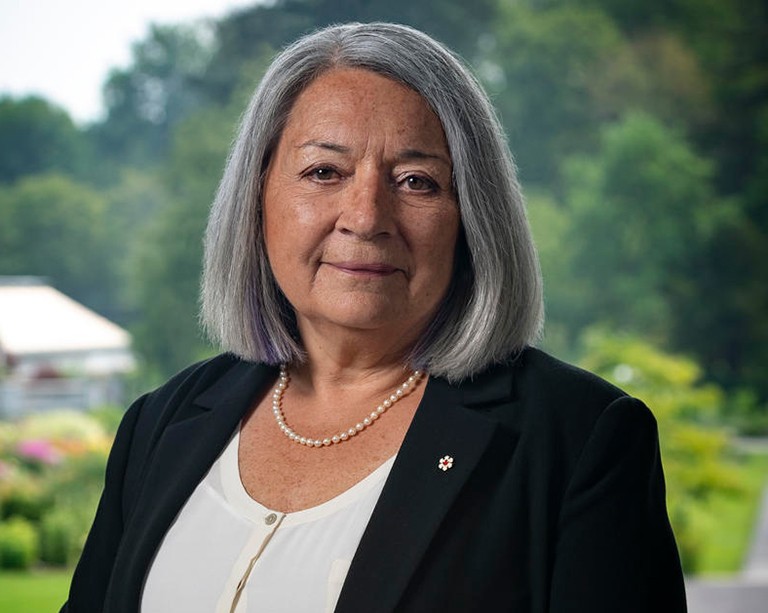'This idea that we are scientists or artists — that's untrue'

Bettina Forget is on a long-term mission to bring more women to science through art.
The Concordia grad student owns and runs Visual Voice Gallery in downtown Montreal. It's a studio, research lab and exhibition space all wrapped up in one. It’s also the only gallery in Canada with the mandate to exhibit art that is connected to science.
With more and more artists incorporating science into their work, Visual Voice Gallery is gaining an international reputation. Forget is fielding an increasing number of queries nationally and internationally from artists wanting to show in her small space in the Belgo Building.
Forget says that the interplay between science and art is a new trend. “It’s existed longer in Europe, but it’s just happening here,” she says. “It’s up and coming artists saying, ‘Oh, this is interesting.’”
“I think universities are playing a big role in this, because they provide the kind of space that allows artists to cross over into the sciences and perform this kind of experimentation.”
‘A sneaky way of bringing women back into science’
Forget is finishing her master’s in art education and will continue with her PhD at Concordia in the fall. She sees art as a pathway to science for women.
Her research is driven by the question, can we disrupt the stereotypes that stop women from entering the world of science, technology, engineering and mathematics (STEM) by fusing art and science?
“This idea that we have a core essence as individuals, as people of gender, as a scientist, as an artist – I think that’s fundamentally untrue,” says Forget.
Research shows that boys and girls do equally well academically in the sciences, but girls often resist pursuing the study of physics, engineering or computer science during their teenage years, instead choosing the arts.
Forget’s idea of introducing science into the arts is, as she says, “a sneaky way of bringing women back into science.”
‘I was completely hooked’
Coming from a family of artists, choosing science over art was never an option for Forget.
“Normally people have to push against their parents to go to art school,” she says. “Not me. I went into the family business.”
Forget attended Central Saint Martins, an arts and design college in London, England, then ran a graphic design agency, made art and travelled the world for a dozen years before settling in Montreal. She caught the science bug in Singapore, after buying a telescope and joining an astronomy club.
“I was completely hooked,” she says. “Astronomy is so hands on and visual. I got into it as a visual artist.”

After moving to Montreal, Forget audited a friend’s astronomy class at McGill. She became a member of the Royal Astronomical Society of Canada (RASC) and even did a stint as president of the RASC Montreal Centre.
Her passion for astronomy culminated in 2016 when she became the art/science researcher in residence at the SETI Institute in California, a global centre for deep-space research.
‘Everything dovetails now’
Forget started Visual Voice Gallery 10 years ago as a way to pay rent, but switched gears and implemented the art-science mandate two years ago, at roughly the same time she entered Concordia’s art education program.
“Everything dovetails now,” she says. “I was very fragmented before, but now everything fits together. My artwork is about art, astronomy and feminism, and my research is there, too.”
“It’s interesting to see how other artists combine art and science, and what their relationship is with that kind of exploration. It all informs the rest of it.”
‘A human dimension to scientific research’
Forget is involved with the Convergence Initiative, which connects Concordia fine arts students with neuroscientists from McGill’s Brain Repair and Integrative Neuroscience Program (BRaIN) at the McGill University Health Centre (MUHC). Through the initiative, she has hosted a visit to her gallery and attended classes where students present their work.
“I am very impressed with how much the fine arts students have immersed themselves in scientific research,” she says. “They had a profound understanding of the topic. They found a way to add a human dimension to the scientific research, translating it in intriguing ways.”
See the Convergence Initiative art on display at Visual Voice Gallery until May 20.


